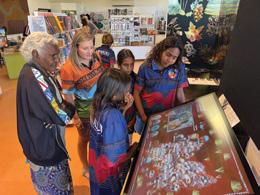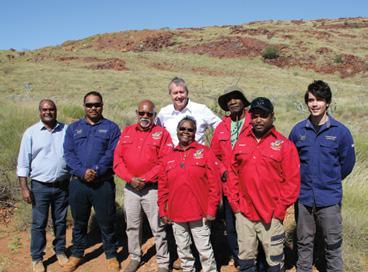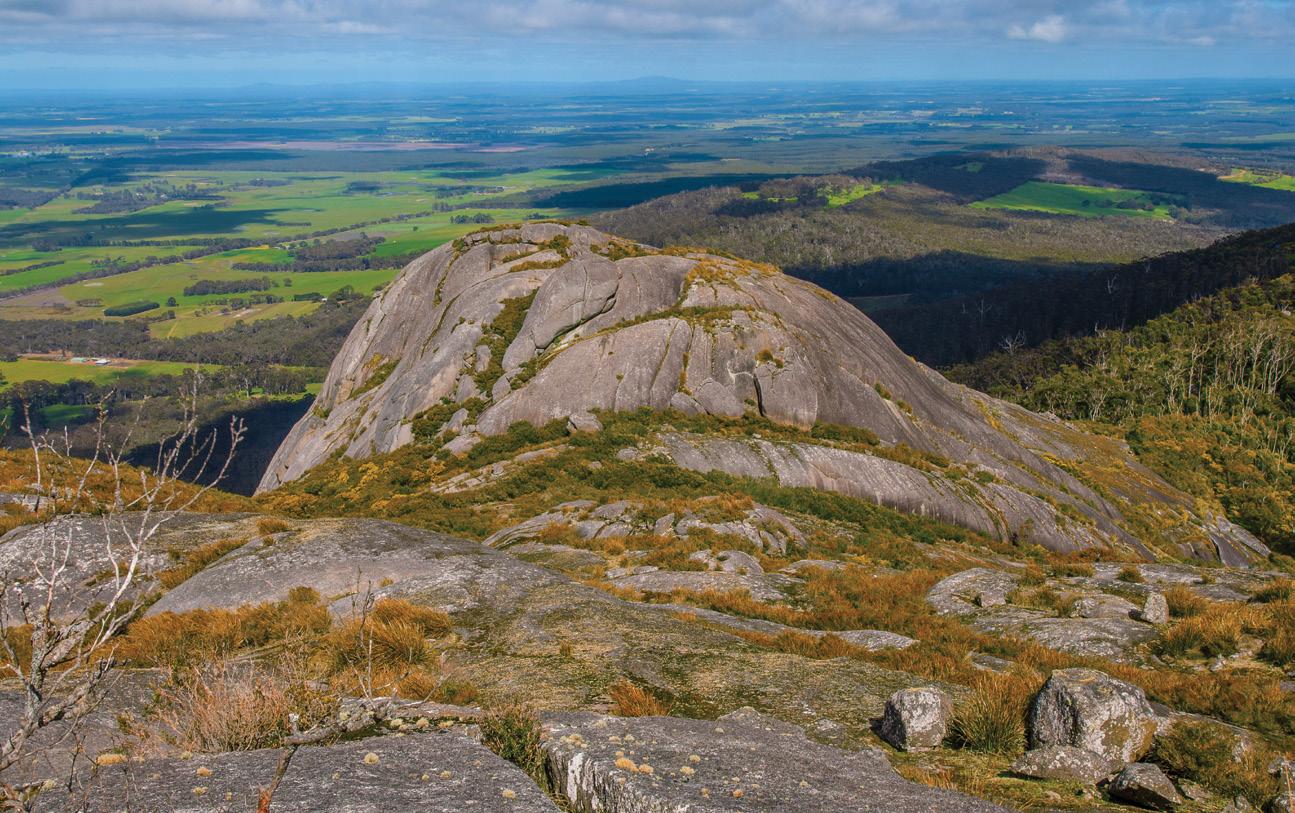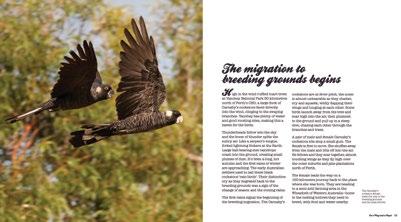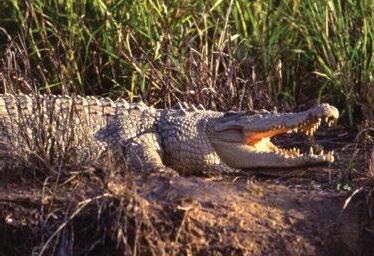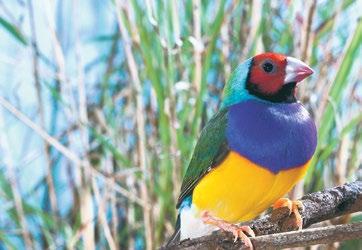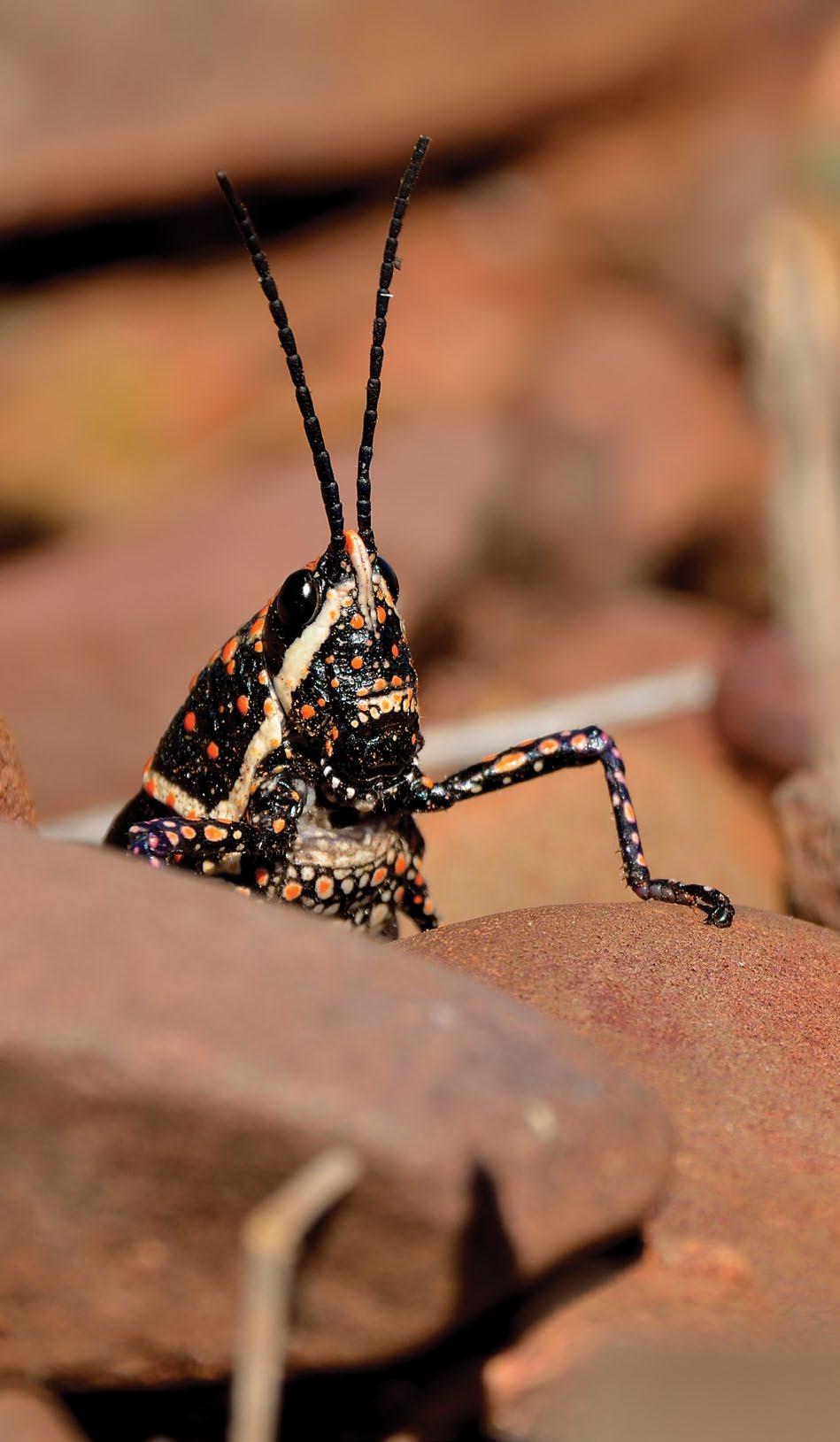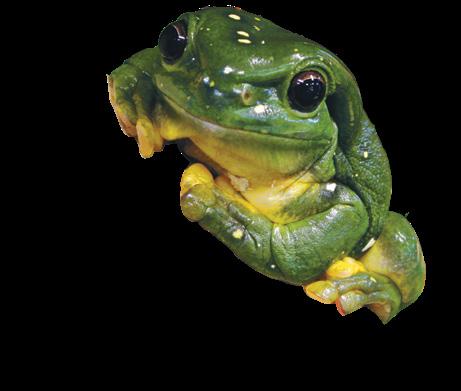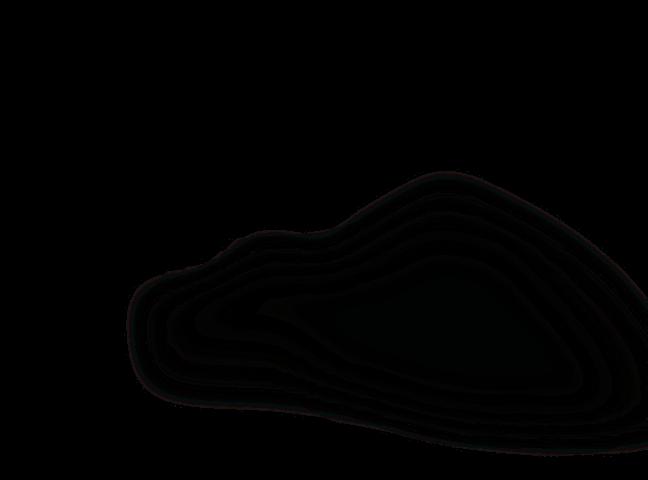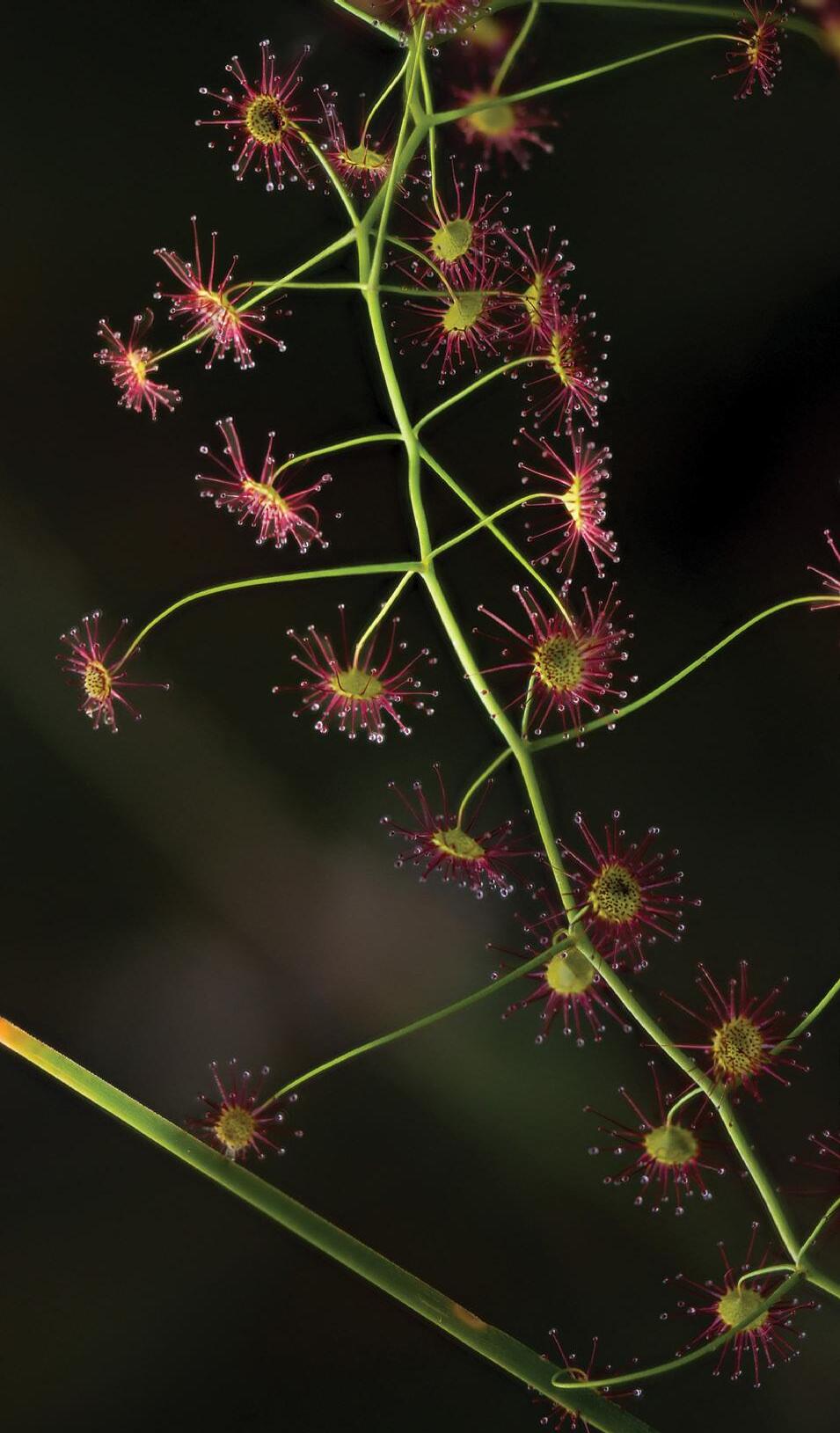







to all our loyal subscribers, readers and contributors for helping us reach this amazing milestone!
As we move into our next decade of sharing stories about Western Australia’s incredible native species, parks and conservation efforts, LANDSCOPE will evolve into a new and engaging format as a free online publication.
It’s our way of bringing LANDSCOPE stories to a wider audience across the globe.
For more information, please contact us by phoning (08) 9219 9000 or email customer.service@dbca.wa.gov.au

ON THE COVER
Front cover Little pied cormorant (Microcarbo melanoleucos).
Photo – Sue Harper
Back cover The sticky carnivorous leaves of a sundew (Drosera) found in the Porongurup Range.
Photo – Cliff Winfield
LANDSCOPE is produced and printed on Whadjuk Noongar Boodjar, the traditional lands of the Whadjuk people of the Noongar Nation. We pay respects to them, their Elders past and present and to all Aboriginal people and acknowledge their continuing connection to lands across Western Australia.
Gooitzen van der Meer is an accomplished illustrator whose works have graced the pages and covers of LANDSCOPE magazine for the last 20 years. Gooitzen specialises in watercolour artwork and is renowned for the careful detail and textures of the natural world that he is able to communicate through his artwork. This will be the final edition where Gooitzen’s artwork will appear on the Nature’s pin-up feature on page 54 as he is retiring after 49 years in the public service. It has been a privilege to showcase his incredible talent over the years.

Weare blessed to have beautiful scenery in Western Australia, from rugged gorges to fantastic forests, vast deserts and magnificent marine parks.
This edition of LANDSCOPE celebrates just some of the many places that offer a special connection between visitor and landscape.
When investing in nature-based tourism, it’s important to strike the right balance between conservation and visitation.
You can read about a unique cultural experience in Karijini National Park, home of the Banjima people (see ‘Karijini Experience’ on page 28), where an annual festival offers four days of culture, art, food and music, with an awe-inspiring backdrop.

Nature-based tourism, such as this, received a boost from the pandemic. A halt in international travel allowed people to explore their own backyard, and beyond. In many places, that got people camping, cycling and walking, and now participation in trail activities is at an all-time high.
Whether it’s mountain biking, adaptive riding or bushwalking, there have never been so many kilometres of dedicated trails on offer in WA. And now two popular regional getaways have been recognised as ‘premier’ trail destinations (see Gateway to exploration: Collie and Dwellingup accredited ‘Trail Towns’ on page 46).
This edition’s park feature is the spectacular Porongurup National Park (see page 8) where granite peaks offer amazing views of the Stirling Range and, on a clear day, the Southern Ocean. A recent upgrade of the Castle Rock Trail allows visitors improved access to the popular Granite Skywalk.
And conservation isn’t just for the country; city dwellers can do their part too. Admiring the magical dolphins and birdlife in Perth’s Swan Canning Riverpark might inspire you to become a citizen scientist, helping to monitor these remarkable creatures, and even become a nature photographer (see ‘Touched by Nature’ on page 35).
So, go ahead and explore WA and take that picture; it might be worth a thousand words in your own nature story.
Luke Bentley, Executive Director, Parks and Visitor Services Department of Biodiversity, Conservation and Attractions
Clinton Hull is an outdoor enthusiast with a keen interest in exploring marine and park environments, and trails. He has more than 25 years’ experience working in parks from the south coast of Western Australia to the mid-west, including Rottnest Island. Clint currently works in the Asset Investment portfolio of the Parks and Services Division at DBCA, delivering new capital and asset improvement projects across the State.

Lynette Marshall is a passionate environmental scientist with a postgraduate qualification in social research. Lyn is committed to the conservation of the unique south-west environment for its intrinsic, biodiversity and social values. She played a role in the development of the Forest Management Plan 2024–2033, the State’s major policy for the management and protection of south-west forests. Lyn currently works on policies to support the conservation outcomes and regulatory framework for fauna licensing.

Editor Lauren Cabrera.
Editorial assistance Jenna Oliver.
Scientific/technical advice Margaret Byrne, Steven Dillon, Carl Gopser, Lesley Gibson, Danielle Ayres and John Huisman.
Special thanks to Andrew Burbidge.
Design and production coordinator Sonja Rose.
Design Tiffany Taylor, Katie Bryden, Lynne Whittle, and Gooitzen van der Meer.
Illustration Gooitzen van der Meer.
Cartography Promaco Geodraft.
Prepress and printing Advance Press, Western Australia.
All material copyright. No part of the contents of the publication may be reproduced without the consent of the publishers.
Maps should be used as a guide only and not for navigational purposes.
ISSN 0815-4465
Please do not send unsolicited material, but feel free to contact the editors by email (landscope@dbca.wa.gov.au).
Published by the Department of Biodiversity, Conservation and Attractions, 17 Dick Perry Avenue, Kensington, Western Australia.
© State of Western Australia, September 2024. For more information contact us:
On the web shop.dbca.wa.gov.au
By email landscope@dbca.wa.gov.au
By phone (08) 9219 9000
By free post Reply Paid 25, Locked Bag 29, Bentley DC, Western Australia 6983

To purchase LANDSCOPE online, visit shop.dbca.wa.gov.au/landscope


LANDSCOPE is printed on recycled paper which contains 55 per cent recycled fibre and is made from pulp, which is derived from well-managed forests, controlled and recycled sources. @waparkswildlife
This page Pompom head (Cephalipterum drummondii), Coalseam Conservation Park. Photo – Tourism WA






Bicentennial Tree partially reopened
On 8 July 2024, the Bicentennial Tree in the State’s Pemberton region reopened for climbing to the 20-metre platform.
The partial reopening is the first step in a program of upgrades at the Gloucester and Bicentennial trees.
In 2023, both trees were closed to allow for structural investigations and upgrades to the viewing platforms. The community and industry have been very patient while arborists and engineers have been working behind the scenes.
The Department of Biodiversity, Conservation and Attractions (DBCA) will continue to work with a range of specialists to detail and implement design solutions for both trees including an upper tree canopy experience at Bicentennial Tree and a mid-tree platform at Gloucester Tree in the next 12 to 18 months.
READER’S PIC
Bird orchid (Pterostylis barbata)
Photo and words by Lawreen McIver
“We visited the very beautiful pristine environment of Island Point Reserve near Mandurah and came across these freshly flowering bird orchids. In fact, the left-hand side one is not opened fully. Bird orchids are quite common and seem to grow profusely in leaf litter. It is my experience that they grow from Perth to Albany. They look very attractive, often being almost translucent in the sun. It’s not uncommon to be able to almost see right through them.”
Have you got a fantastic nature photograph you would like to see published in LANDSCOPE? Send it, along with a 100-word description of the species or how and where you took the shot, to landscope@dbca.wa.gov.au
Detector dogs trialled to sniff out danger
Two scent detection dogs have been brought to Western Australia from New South Wales as part of a week-long trial and feasibility study in detecting Phytophthora cinnamomi
Echo, a three-year-old Brittany spaniel, and Alice, a two-yearold English springer spaniel have been trained to sniff out the soil-borne disease that damages native plants and threatens the health and resilience of national parks, reserves and public gardens.
If the trial is successful, this team would be used as part of the wider program to combat the spread of dieback in affected areas in the State’s south west and on the south coast.
Professional dog handler Ryan Tate said Alice and Echo performed well in their phytophthora dieback detection and alert tests.


